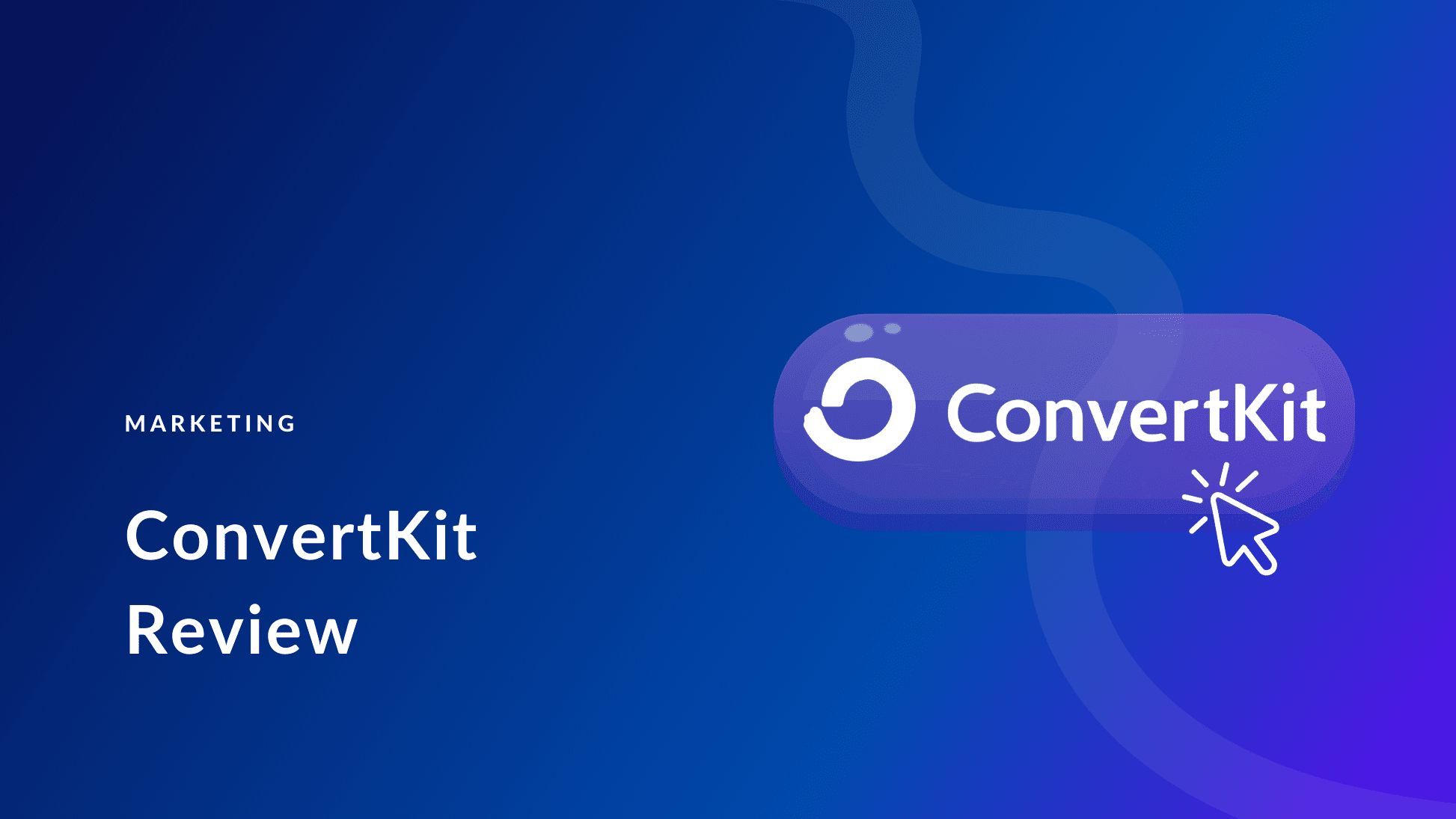Publicity and public relations (PR) are often used interchangeably, but this ignores PR’s broad value and publicity’s focused expertise. To understand publicity vs PR, think of it this way: PR is the umbrella; publicity is one of the many facets that fall under it. This is similar to how advertising is part of marketing, not the same as it or separate from it.
Publicity is about public attention, which is just a fraction of what PR is about. There’s more to the job of PR than publicity itself, although publicity is an important aspect of it. Publicity and PR strive to portray a client’s idea, position, product or reputation in a positive light. Publicists and PR experts work with individuals or companies, including government agencies.
Overall, both publicity and PR focus on earned, unpaid communications. Taking out an ad in a paper or paying to have an article placed on a blog is not PR; that falls under advertising and marketing.
Publicity Definition
Publicity refers to an individual’s or company’s presence in the media. Examples of publicity include:
- Event information
- Interviews or being quoted
- Magazine articles
- News stories
- Self-authored articles or stories
- Speaking engagements
Publicity is generally handled by a dedicated publicist. Publicity draws attention, awareness and credibility for a brand through cost-effective promotion strategies. The publicist strives to get media coverage quickly, as many times the client has a time-sensitive issue. For example, there may be an award that was just won or a crisis that needs controlling.
Benefits of Publicity
There are numerous benefits of publicity:
- Build awareness about your brand, expertise, products or services, or team members
- Drive traffic to your website
- Educate your customers and the industry about common problems and how you solve them
- Increase participation in an event
- Open a dialogue with your audience
To get the most traction out of publicity, strategies should be tied to your business and marketing goals.
Public Relations Definition
PR casts a wider net than publicity. The purpose of PR is to help an individual or company reach their goals. PR experts send strategic messages to specific audiences to influence attitudes and behaviors.
PR is responsible for the complete reputation and image of a client. At the same time, PR has to build relationships with any person or brand that’s impacted by the reputation of the client. That includes customers, employees, investors, partners and suppliers. PR includes the following:
- Civic engagements
- Crisis management
- Event coordination
- Media advisories
- Media kits
- Monitoring of media
- Pitch letters
- Press releases
- Public service announcements
- Reputation management
- Social media
- Supporting the arts and/or charities
PR doesn’t just reach customers and the people already connected with a person or company. PR reaches everyone, even those who have never heard of the client before.
Let’s say you’re the host of a pop culture podcast. You’ve just won an award for your show. Your publicist gets a journalist to cover the story. This has a lot of reach:
- Current listeners hear about how well your podcast is doing and they’re impressed. Not only will they keep listening, but they’ll probably tell their friends and family about your show.
- Other podcasters learn that you’re a force to be reckoned with. A few reach out to discuss cross-promotion.
- Advertisers contact you because they share your audience and they want to pay you to promote their products.
- A person who has never heard of your podcast before Googles “pop culture podcasts” and the news story about your award is in the top results. They give your podcast a try and love it.
PR and Reputation Management
Another aspect of PR is reputation management (and damage control). Sometimes PR experts have to jump in when an individual or company damages their reputation or when hearsay does the damage for them. Whichever way you lean on certain celebrities and public figures, this is happening in the media right now practically every day.
Also, check out the Stuff You Should Know podcast episode about the Tylenol murders. The way that Johnson & Johnson handled the mar on the brand’s reputation is one of the finest PR strategies in history. Their response also made over-the-counter drugs safer for everyone.
Why Stories Must Be Newsworthy
Publicity is only as strong as the story – if the story isn’t newsworthy, it’s not going to make an impact. Stories that are newsworthy are interesting, novel, relevant and timely. This is much harder than it sounds, which is why people hire publicists.
What Not to Do
I’ve written for my local paper for years, and I’ve built relationships with many of the people and businesses I’ve covered. Even the most successful business owners and the most charismatic hustlers make these common mistakes:
1. They say, “You should write about me!” when (a) I don’t write profiles, (b) they haven’t considered the audience I write for and (c) they haven’t give me one compelling reason to write a story about them other than that they think they’re great.
2. They ask, “How do I place this story in the paper?” as though the public can dictate what the paper publishes. The only way you can “demand” that something gets published is by paying for advertising, which is not the same as publicity.
3. When providing information that a news outlet will pick up, they leave out differentiating details. They want the coverage without talking about anything that will actually make it compelling for the audience.
Information isn’t interesting simply because it’s there. Even publicists who have fantastic, longstanding relationships with journalists, bloggers, vloggers, etc. still have to pitch them something newsworthy.
Here’s a Better Way
- Connect with the bloggers, reporters and publications that matter most for your company, industry and announcement.
- Create a calendar that matches interesting and relevant story ideas with key events throughout the year.
- Make sure that every pitch or story has something new to say and that you provide details. For example, if you’re writing a press release about an event, saying that food and drinks will be available isn’t nearly as interesting as describing the dishes and cocktails, and even talking about the chef and mixologist who will be preparing them.
Journalists get an overwhelming number of requests to cover stories. It takes a lot to impress them since they’re already used to speaking with big names and well-known companies. You have to think beyond, “Hey, I think I’m important, I run a multi-million dollar company and I’m a public figure.” Present them with something they – and their audience – actually care about.
Wrapping Up
It’s important to understand the difference between publicity vs PR so that you don’t talk about one when you actually mean the other. Publicity is the part of PR that focuses on media coverage. PR encompasses an assortment of other responsibilities, from crisis management to charity involvement.
There are distinct similarities between the two, too, since publicity is part of the PR puzzle. Storytelling plays a major role, and publicists and the journalists they connect with have to be good storytellers. All the information in the world doesn’t matter if you can’t get your audience to listen. Sometimes PR has to rewrite a story after one comes out that can damage the client. Other times, it’s the initial story, the story a client is known for from the beginning, that PR writes.
Take it from a writer: storytelling is tough. My article Using Sensory Language and Metaphors to Boost Your Marketing’s Effectiveness will help you write more interesting copy.
Featured image via Visual Generation / shutterstock.com









I admit, I also one of those people who often used these two words interchangeably. Thank you for helping us better understand the difference between public relations and publicity. Keep posting!
You’re welcome! Thanks so much for your comment, Michael 🙂
Thanks Lindsay for the very informative article. I’m one of those who use the two words interchangeably. Now I know the difference.
Glad I could help!
Hi Lindsay,
I too agree that you have nicely outlined the subtleties between PR and Publicity. When it comes to effectiveness, what do you think works in your opinion – Publicity or PR since both have their costs and efforts involved? How do we measure the ROI delivered?
Hey Raj – I think that it totally depends on the business and the goals. I’ve presented broad overviews of PR and publicity, and ROI would have to be determined on a much smaller scale depending on exactly which tactics are used.
Great article that covers the distinctions clearly.
Thanks so much, Vince!